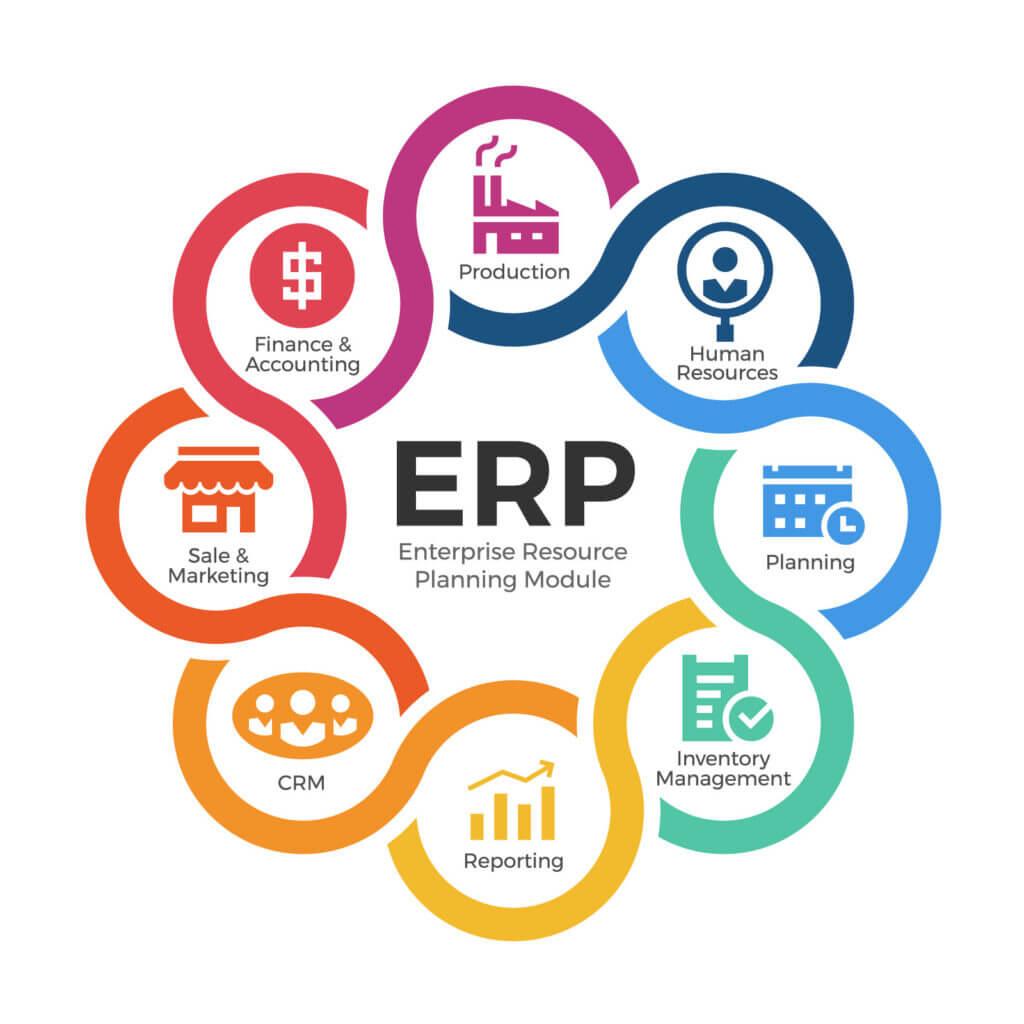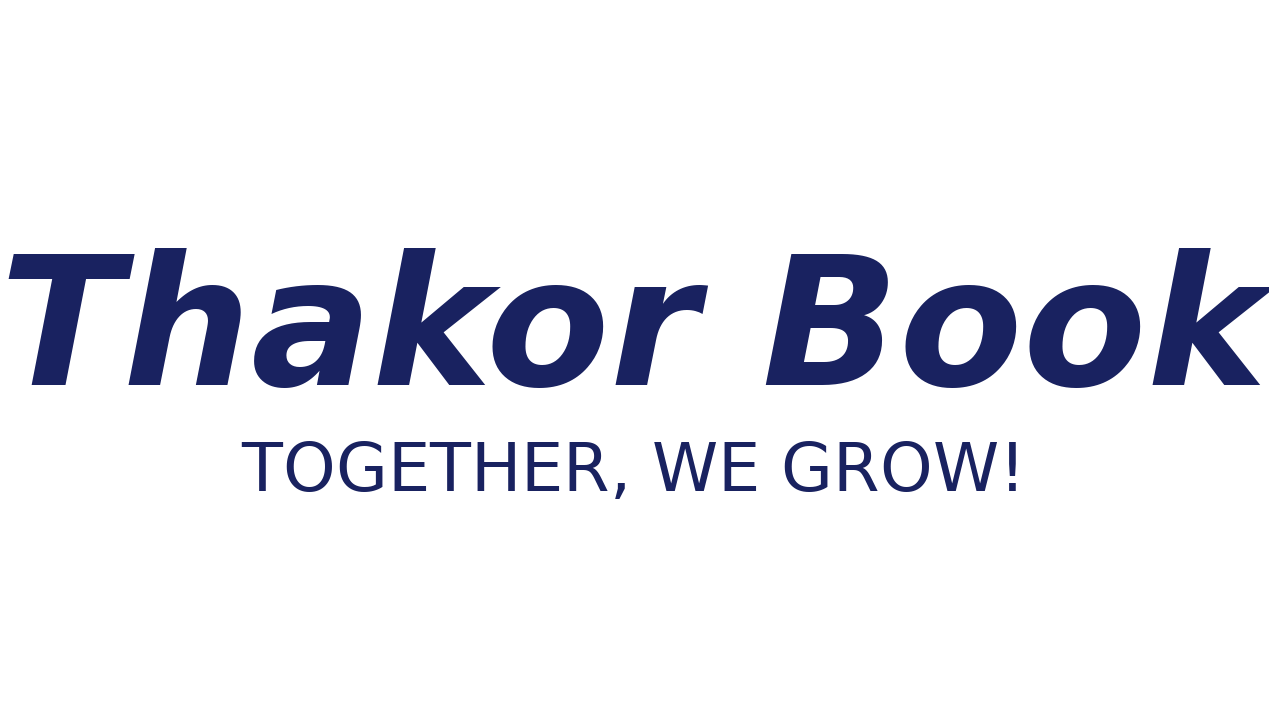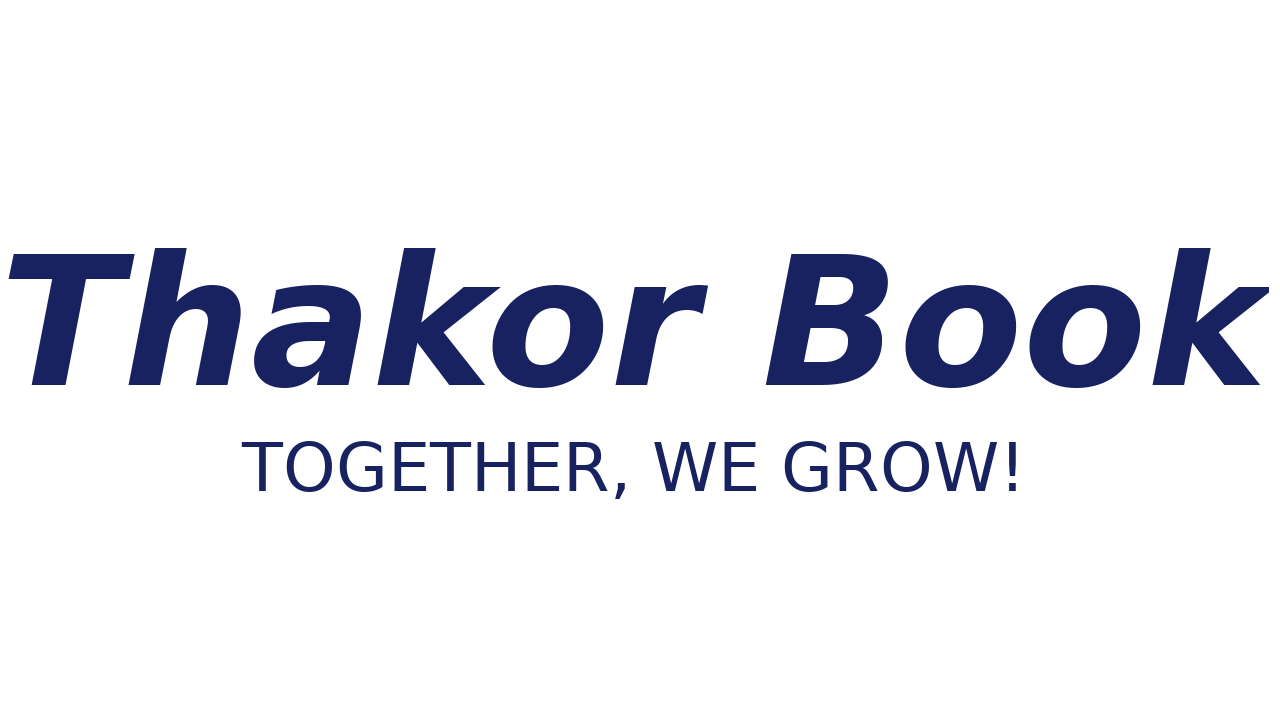-
Новости
- ИССЛЕДОВАТЬ
-
Страницы
-
Группы
-
Мероприятия
-
Статьи пользователей
-
Offers
-
Jobs
-
Courses
ERP Software Market Analysis, Demand, and Key Insights | 2035

The ERP Software Market Competition is a sophisticated and high-stakes contest, defined less by aggressive, feature-for-feature battles and more by a strategic war for ecosystem dominance, customer lock-in, and control of the enterprise's core data. The competition is not a simple face-off between similar products; it is fundamentally a strategic clash between two different architectural philosophies. On one side are the traditional, monolithic suite vendors, led by SAP and Oracle, whose competitive strategy is to provide a single, deeply integrated, end-to-end platform that covers every conceivable business process. On the other side are the "post-modern," best-of-breed players, whose philosophy is to offer a more open, composable, and user-friendly architecture that allows customers to assemble their own ERP from a collection of specialized cloud services. This fundamental difference in strategic vision—the "integrated suite" versus the "composable enterprise"—is the central and defining competitive tension in the modern ERP market. The ERP Software Market size is projected to grow USD 100 Billion by 2035, exhibiting a CAGR of 5.57% during the forecast period 2025 - 2035.
The competition on the "integrated suite" front is a battle for the enterprise's "digital core." The major vendors compete by continuously expanding the breadth of their platforms, either through in-house R&D or, more commonly, through large-scale acquisitions. By offering a single, pre-integrated solution for everything from finance and HR to CRM and supply chain, they create a powerful value proposition for large, complex organizations that are seeking to reduce vendor complexity and ensure seamless data flow across their operations. The competition here is to become the indispensable, all-encompassing technology backbone for the entire enterprise. The incredibly high switching costs associated with replacing a core ERP system mean that once a customer is won, they are likely to remain a customer for a decade or more, making this a fierce battle for long-term customer ownership.
In contrast, the "composable enterprise" players compete on the basis of agility, user experience, and openness. Their competitive strategy is not to own the entire stack, but to be the best-in-class solution for a specific, critical business function (like HCM or Financials) and to provide robust APIs that make it easy to integrate with other cloud services. They compete by offering a more modern, intuitive, and engaging user experience that employees actually want to use, a stark contrast to the often-complex interfaces of the legacy ERP systems. They appeal to customers who are prioritizing flexibility and the ability to rapidly adopt new, innovative cloud services over the perceived stability of a single-vendor suite. The competition is ultimately a strategic battle for the future architecture of the enterprise: will it be a closed, proprietary, end-to-end ecosystem from a single vendor, or an open, interoperable, multi-vendor environment? The answer to this question will define the competitive landscape for years to come.
Top Trending Reports -
- Art
- Causes
- Crafts
- Dance
- Drinks
- Film
- Fitness
- Food
- Игры
- Gardening
- Health
- Главная
- Literature
- Music
- Networking
- Другое
- Party
- Religion
- Shopping
- Sports
- Theater
- Wellness


